Toledo Zoo Helps Hatch One of World’s Rarest Birds: A Global Conservation Win with Ohio Roots
Published June 18, 2025 | OhioHealthyLiving.com
Blue-eyed Ground Dove Chicks Hatched in Brazil with Help from Toledo Zoo Experts
Photo courtesy of SAVE Brasil
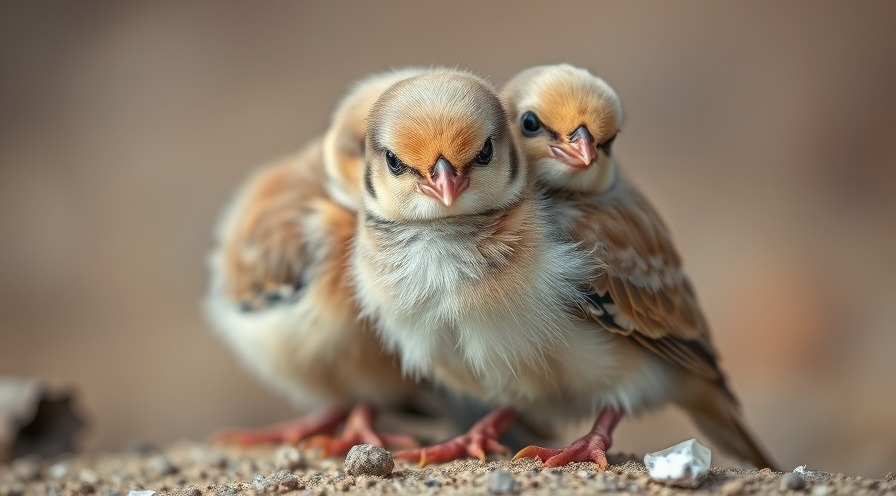
When it comes to global conservation, it’s not every day that a small bird makes international headlines—but the recent hatching of the blue-eyed ground dove is rewriting that story, thanks in part to the dedicated staff at Toledo Zoo, Ohio’s own global conservation powerhouse.
One of the rarest bird species on the planet, the blue-eyed ground dove (Columbina cyanopis) was long believed extinct—vanishing from sight for nearly 75 years before being rediscovered in 2015 in the Brazilian savanna. Since then, it has remained critically endangered, with only 11 known adult individuals left in the wild. But this spring, hope was born in the form of three fragile chicks, hatched through a high-stakes, cross-continental conservation effort involving experts from the Toledo Zoo, the Bronx Zoo, the Chester Zoo in the UK, Parque das Aves, and SAVE Brazil.
From Extinction to Incubation: A Global Collaboration
The success of this hatching marks a major turning point in the fight to save the blue-eyed ground dove from disappearing forever. The birds were hatched via artificial incubation—a delicate and highly technical process involving round-the-clock monitoring, environmental simulation, and hand-rearing.
According to Staci Bekker, area manager of the Toledo Zoo bird department, the Zoo’s long-standing work with tropical birds played a crucial role in developing a method that worked.
“The Toledo Zoo bird staff is excited to lend their expertise to this project,” Bekker said in a press release. “Our team developed a successful hand-rearing protocol for fruit doves, which helped shape the techniques used here.”
The innovation didn't happen overnight. This type of hand-rearing is painstaking and requires extensive knowledge of species-specific behaviors, feeding cues, humidity control, and environmental triggers that mimic natural nesting conditions. It also requires a deep sense of patience and empathy—skills Toledo Zoo’s bird team has honed over years of avian care.
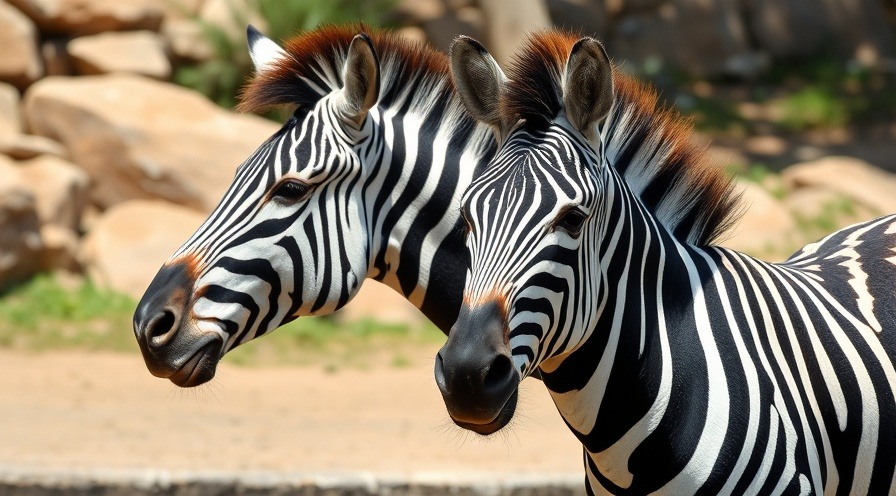
Joe Wood: Leading the Way from Ohio to Brazil
One of the key architects behind this success is Joe Wood, manager of international conservation programs at the Toledo Zoo. His involvement dates back to 2019, when he began collaborating with Brazilian field teams to better understand the bird’s nesting habits and reproductive patterns.
“Our team at the Toledo Zoo provided guidance and technical leadership that helped make this success possible,” said Wood. “The hatching of these chicks gives us hope that the species still has a chance.”
Wood’s expertise helped refine a field-tested incubation technique, initially simulated in an aviary in Australia—another biodiversity hotspot—before being transported and adapted for use in the endangered bird’s native Brazilian habitat.
When the time came to implement the procedure in Brazil, Wood traveled directly to the field in 2023 to assist the team with the hand-rearing of the newly hatched chicks. His work helped bridge the gap between research and real-world application, making it possible for local conservationists to confidently continue the protocol.
“This is science-based conservation at its best,” said Wood. “It’s about combining field knowledge, genetics, animal care and international cooperation to give this species a future.”
Why the Blue-Eyed Ground Dove Matters
The blue-eyed ground dove is more than just a rare bird—it is a symbol of an entire ecosystem under threat. Found only in the Cerrado biome, a vast tropical savanna in Brazil, the bird’s decline mirrors that of its habitat. The Cerrado is one of the most biodiverse regions in the world and also one of the most threatened, facing rapid deforestation due to agriculture, development, and climate change.
The dove’s unique sky-blue eye ring, paired with cinnamon-colored feathers and soft cooing calls, has inspired a generation of conservationists—and a growing awareness about the delicate balance of life in Brazil’s wildlands.
When rediscovered in 2015, the sighting sparked a global wave of interest. Ornithologists, wildlife biologists, and zoo professionals across continents rallied together to form a recovery alliance. That alliance ultimately brought together zoological institutions and field organizations in Brazil, the United States, and the United Kingdom.
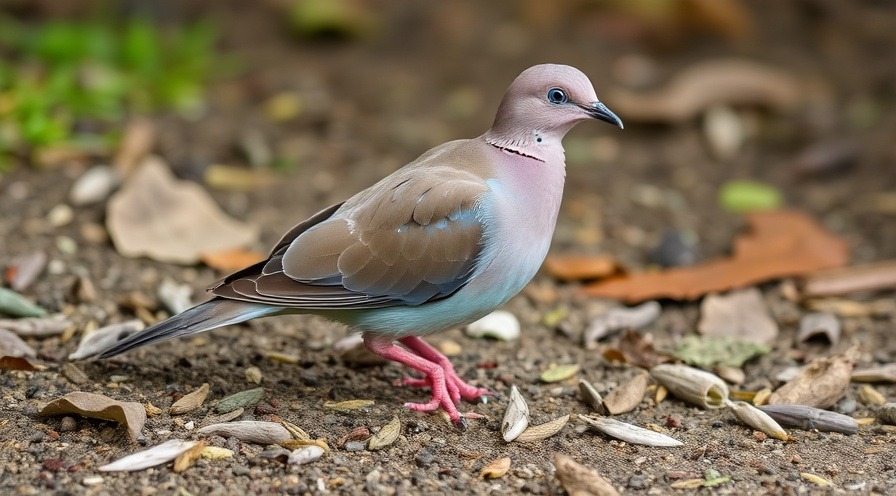
The Role of the Toledo Zoo in Global Conservation
This success is not just a win for Brazil’s ecosystem—it’s a win for Ohio’s conservation community and a powerful example of the impact regional institutions can have on global biodiversity.
The Toledo Zoo, located just 23 miles from Bowling Green, has emerged as a global leader in wildlife protection, education, and species recovery. Over the years, the zoo has launched and supported dozens of international conservation programs, from rescuing Puerto Rican crested toads to protecting endangered turtles in Southeast Asia.
Its partnership with SAVE Brasil and Parque das Aves highlights how zoos are evolving from static exhibits into active research and rescue centers—with tangible results.
“This shows what’s possible when we collaborate across borders,” said Wood. “The idea is to not only preserve species in captivity but to return healthy populations to their natural environments.”
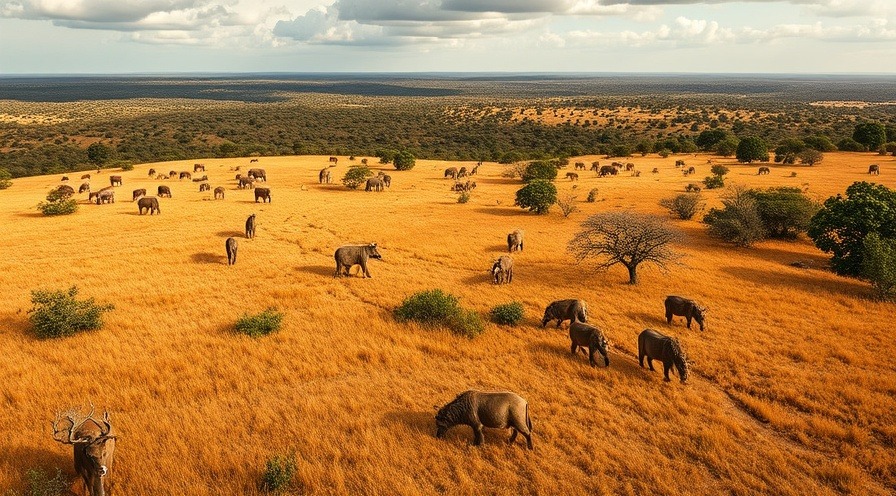
Conservation Through Education
Back home in Ohio, the Toledo Zoo integrates this global work into its public education and community programs. Each year, families,thousands of schoolchildren, and university students learn about the science of species survival through the Zoo’s interactive exhibits and behind-the-scenes programs.
Programs like Wild Toledo and the Conservation Today speaker series give visitors an opportunity to see real-world conservation in action. By connecting local communities with faraway stories—like the blue-eyed ground dove—the Zoo inspires a new generation of conservationists.
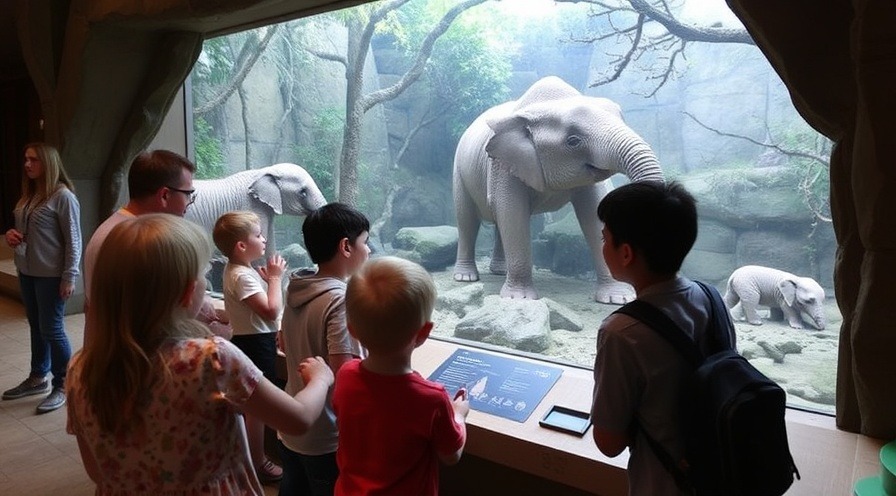
A Future for the Blue-Eyed Ground Dove
The three hatchlings born this April are more than biological milestones—they are ambassadors of hope. Though tiny in stature, they represent decades of scientific persistence and a coalition of passionate people who refused to give up.
The journey ahead is still long. With only a handful of adults in the wild, the species faces ongoing threats from habitat loss, climate pressures, and a narrow genetic pool. But the hatching is proof that recovery is possible.
Next steps include monitoring the health of the chicks, planning for possible reintroductions, and expanding local conservation education to ensure the species’ protection long-term.
How You Can Support Global Conservation from Ohio
You don’t need to fly to Brazil to make a difference. Here are ways Ohio residents can support the Toledo Zoo and its global conservation mission:
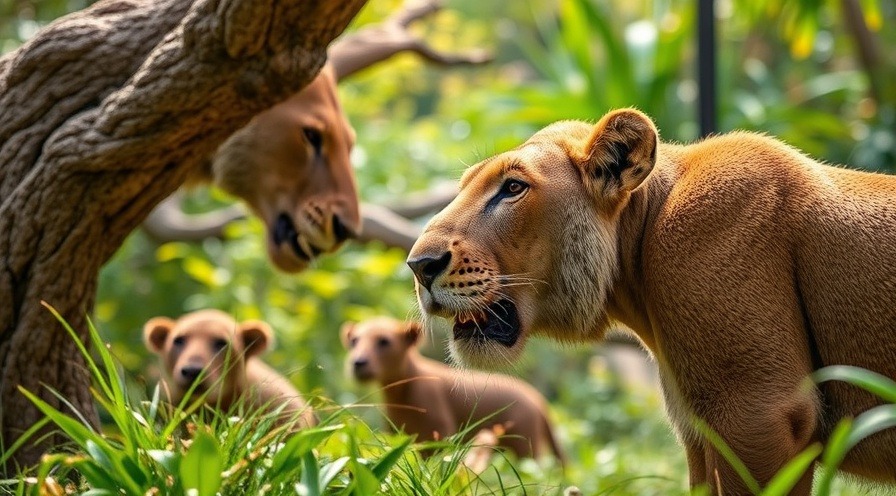
🐦 Visit the Zoo
Each visit helps fund animal care, research, and educational outreach programs.
🌱 Donate to Conservation Programs
The Toledo Zoo’s conservation fund directly supports projects like the blue-eyed ground dove initiative.
📣 Spread the Word
Sharing these success stories on social media and in local communities can help grow awareness and inspire others.
👩🔬 Study and Volunteer
Students and adults can join citizen science projects or intern with conservation teams at the Zoo or local environmental nonprofits.
Final Thoughts
In an age of ecological uncertainty, the hatching of the blue-eyed ground dove is a beacon of possibility. It reminds us that with the right knowledge, the right people, and the right partnerships, we can help rewrite the fate of even the rarest species on Earth.
And at the heart of this story is the Toledo Zoo—an Ohio institution proving that local expertise can have global impact.
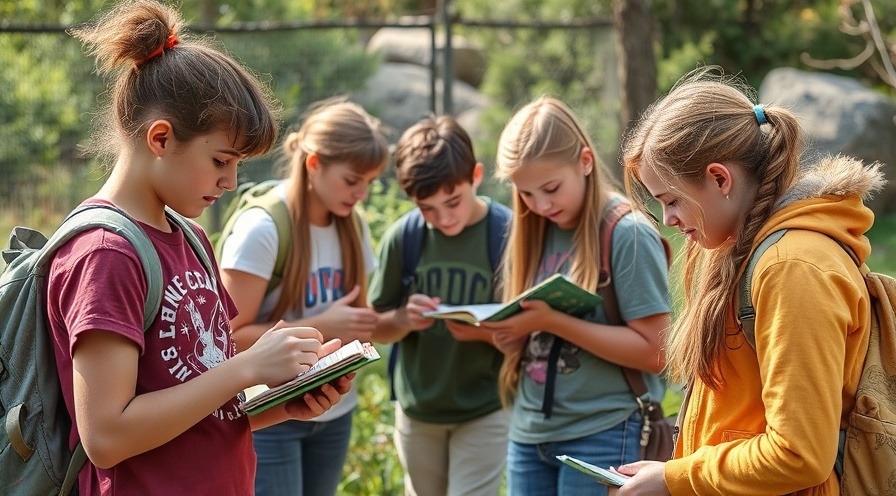
To learn more about conservation projects or to get involved, visit ToledoZoo.org.
📍 Published for OhioHealthyLiving.com — spotlighting wellness, wildlife, and wholeness across our great state.
 Add Row
Add Row  Add
Add 


 Add Row
Add Row  Add
Add 

Write A Comment